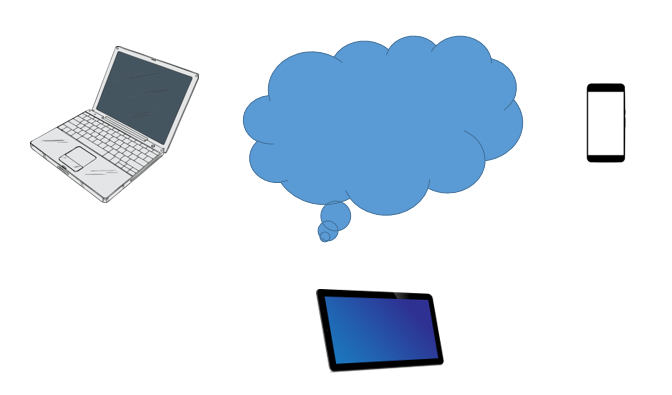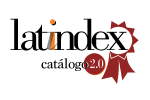Virtuality, a challenge for education, now!
DOI:
https://doi.org/10.18537/RFCM.39.01.08Keywords:
education distance, education higher, teachers, students medicalAbstract
With the emergence of technologies, the world has changed, in the same way education has been transformed, perhaps not at the same rate as this globalized world. Virtuality involves a series of pedagogical challenges that are not being reflected in educational practice.
This essay seeks to reflect on the role of virtuality in education, particularly in medical education and the challenge that this implies for its protagonists in a modality that has gained importance with the coronavirus pandemic.
It is essential to rethink the forms of teaching - learning, recognize the potential of technological tools and at the same time their limitations. In addition, we must reflect on the need for face to face classes for the future doctors’ skills development. The pandemic generated by SARS CoV-2 (COVID-19) has shown weaknesses in the university educational system. It is necessary to reorganize learning and recognize errors, which will allow to the protagonists of the educational task to improve the medical training.
When the system includes virtual environments for learning, it faced with four elements: teacher training, student commitment, a very well-focused pedagogical model and the means or resources such as platforms, connectivity and the context that the educational institution can offer, all this without neglecting those training components that require presence.
Downloads

Published
Issue
Section
License
Copyright (c) 2021 Fernando Eugenio Castro Calle, María Elizabeth Medina Rodríguez, Adrian Marcelo Sacoto Molina

This work is licensed under a Creative Commons Attribution-NonCommercial-ShareAlike 4.0 International License.
Copyright © Autors.

You are free to:
 |
Share — copy and redistribute the material in any medium or format |
 |
Adapt — remix, transform, and build upon the material for any purpose, even commercially. |
Under the following conditions:
 |
Attribution — You must give appropriate credit, provide a link to the licence, and indicate if changes were made. You may do so in any reasonable manner, but not in any way that suggests the licenser endorses you or your use. |
| NonCommercial — You may not use the material for commercial purposes. | |
| ShareAlike — If you remix, transform, or build upon the material, you must distribute your contributions under the same license as the original. |
| No additional restrictions — You may not apply legal terms or technological measures that legally restrict others from doing anything the licence permits. |





